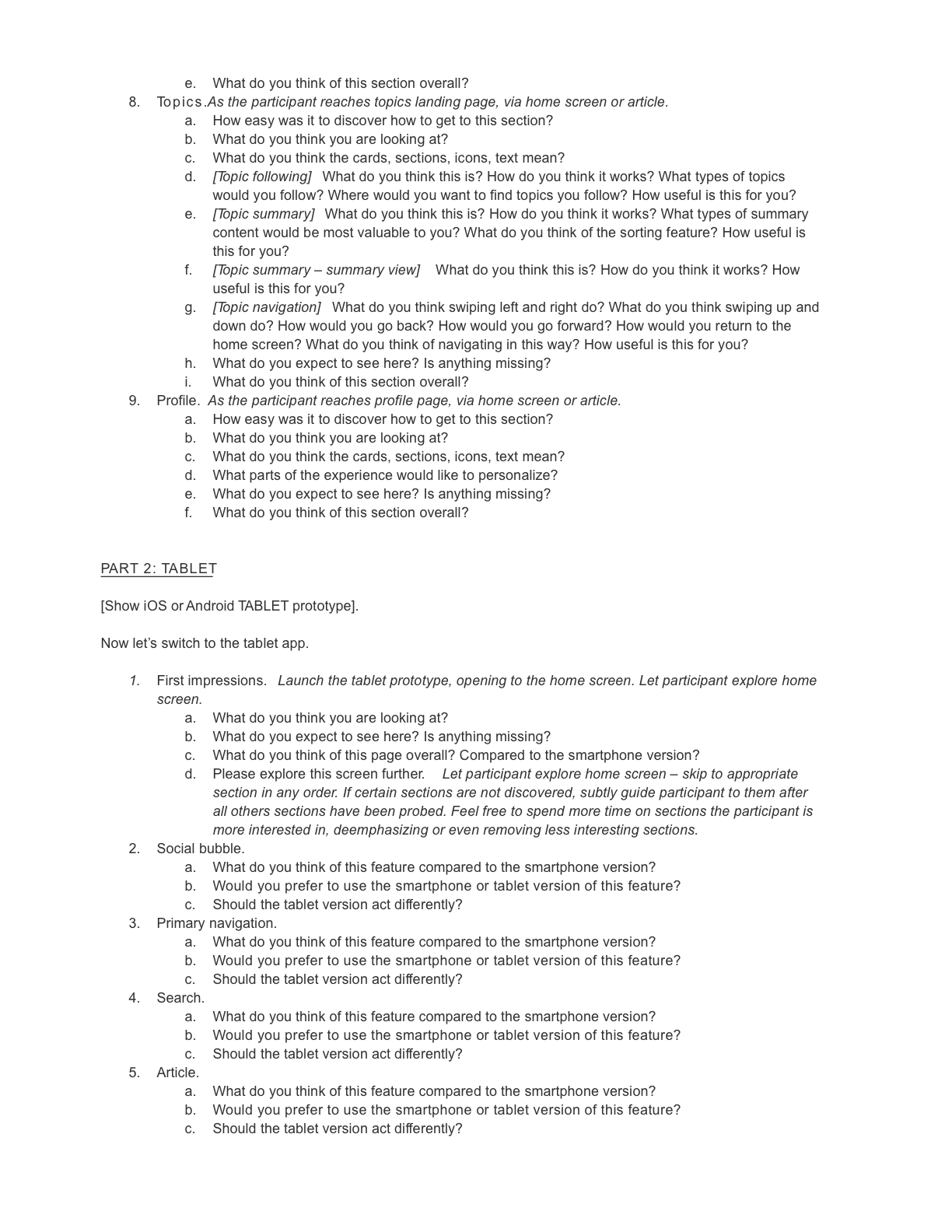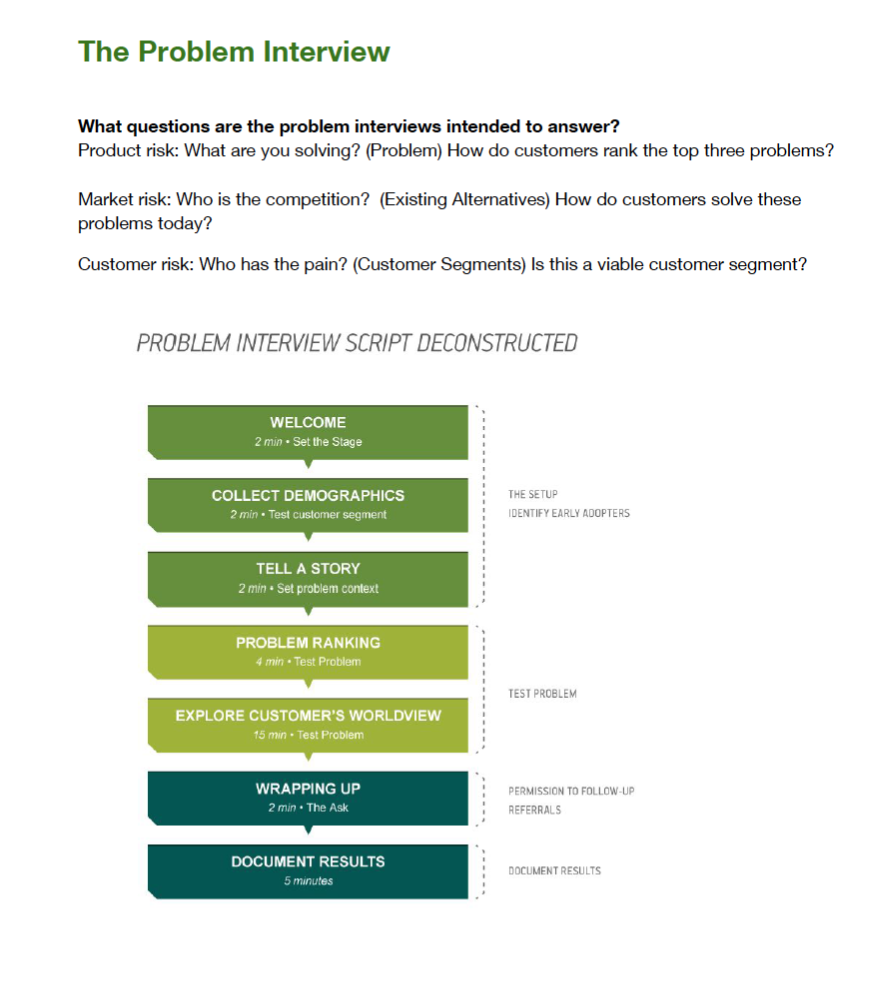Product Research 101
The first step in the 9II9 product lifecycle is research. A Product Manager spends a large amount of time researching and understanding target audience needs, competitors, and internal editorial stakeholder needs.
The primary goal of doing product research and discovery is to equip the Product Manager with a large supply of market facts, validate key assumptions and hypothesis, and boost the overall confidence in the vision and direction of the business. It also helps develop empathy towards the pains and problems currently faced by users. There are several tools and techniques that can be used in gathering these facts, some of which are explained below.
Stakeholder Interviews
The first step in the Research phase is to conduct stakeholder interviews. You will identify the key stakeholders from technical, creative, editorial, marketing and other departments and begin with one-on-one interviews. The process of conducting cross-functional stakeholder interviews, assessing the current situation, and playing back the findings is sometimes referred to as “discovery” work. If you already have a deep understanding of the market, users, and all the relevant facts are readily available, then this discovery phase can be skipped.
User Research
Following the discovery exercise with internal stakeholders, conducting user research with people outside of the organization is the next step. User research can be formal or informal. It can also be qualitative or quantitative. Formal user search involves recruiting strangers from the public who are representative of your target audience to participate in one-on-one interviews while using your product. A user research questionnaire can be used by the Product Manager or moderator to guide the user through a set of scripted tasks and scenarios.
Below is a sample video recording of one of multiple user testing sessions that were executed through UserTesting.com that informed major usability improvements in the Bloom smart video app. Send an email if you would like a copy of the script that was used for this test.
Below is a sample user research guide and script that was created for mobile and tablet apps. Drop a note if you want a cope of this script to use in your next app project.
The goal is to identify points of friction and validate assumptions about how a real user would use your product. If there’s no time or budget for formal research, doing popup surveys on your website or app is also an effective tool for understanding user needs.
Voice of the Customer Interviews
Another form of user research in product management is referred to as voice of the customer interviews. For example, a Product Manager at a media company that allows other organizations to pay its syndicated content should first try to understand the needs of those paying customers. The process usually involves phone interviews, but can also happen through face-to-face meetings at conferences, trade shows, and local meetups.
The findings from these calls and meetings are usually included in a trip report if such an interview happened during a conference, or through a call report if it happens over the phone. The problem-solution interview template is another useful tool for validating customer problems and potential solutions.
Café Testing
Informal user research is sometimes called “café testing” because it involves asking a stranger in a coffeeshop or café to use your product and give their feedback in exchange for you buying them a cup of coffee. Café testing is a great way to get quick feedback with a negligible impact on budgets and timelines.
Quantitative Research
The last ingredient for conducting user research for a new media product or feature is to look at quantitative tools and data. Google Analytics offers several ways to understand user needs and pain points by looking at bounce rates, exit pages, depth of interactions and retention. Seeing top paths also helps understand which flows are effective at getting users to target content and which ones require further optimization.
These are the base ingredients for conducting the necessary research that will allow a new product idea or feature to be defined with a clear understanding of the underlying problems that it seeks to solve and the impact it will have on the market, user, and organization.
Elevating problems and articulating them in a clear and concise way is a key deliverable from this initial phase of the product lifecycle.





